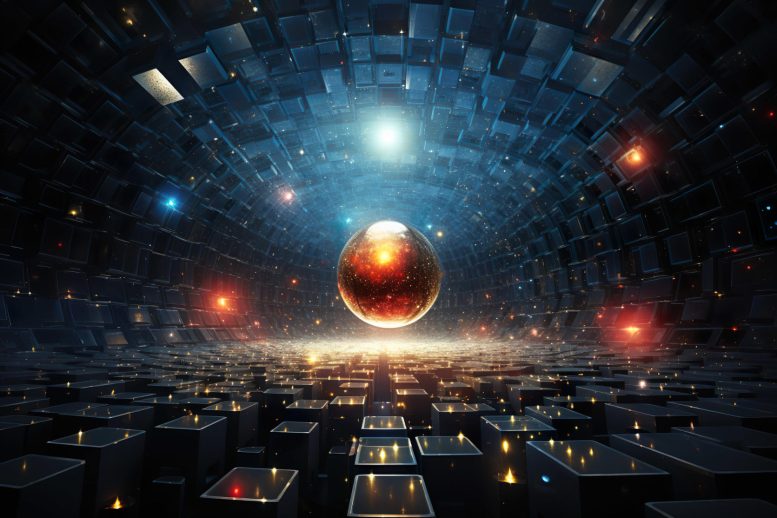
Researchers have developed a new response theory for strongly coupled, multiqubit systems. This breakthrough addresses the challenges faced in understanding periodically driven QD-cavity hybrid systems.
A team led by Prof. Guo Guoping and Prof. Cao Gang from the University of Science and Technology of China (USTC) of the Chinese Academy of Sciences (CAS), worked together with Sigmund Kohler from the Materials Science Institute of Madrid to create a response theory relevant for strongly coupled and multiqubit systems. Their research has recently been published in the journal Physical Review Letters.
Semiconductor quantum dot (QD) strongly coupled to microwave photons is the key to investigate light-matter interactions. In previous studies, the team used a high-impedance super-conducting resonant cavity to implement the strong coupling of the QD-cavity hybrid system. Based on this strong coupling, the team further studied the circuit quantum electrodynamics (cQED) of the periodically driven, strongly coupled hybrid system.
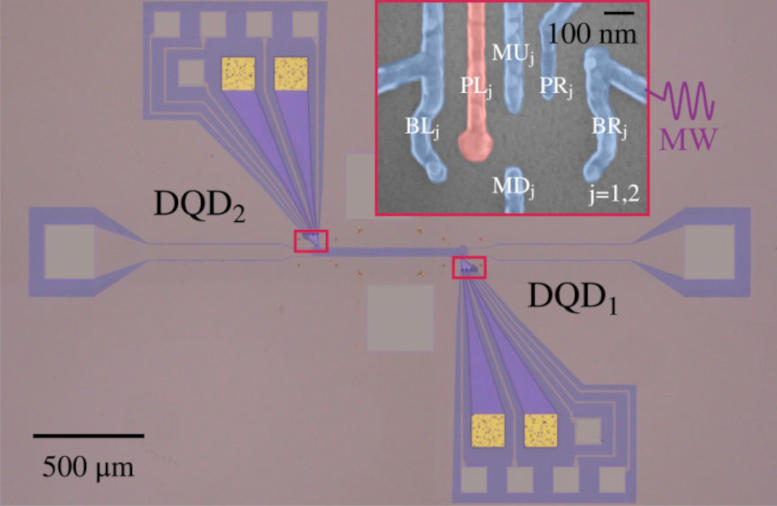
Optical micrograph of the DQD-cavity composite device. Credit: Image by Gu Sisi et al.
In this study, the researchers first prepared a composite device of a high-impedance resonant cavity integrated with two double quantum dots (DQD). By probing the microwave response signal of the DQD-cavity hybrid system under periodic driving, they found that the existing theory for dispersive cavity readout fails due to the enhancement of the coupling strength.
Therefore, researchers developed a new response theory that treats the cavity as a part of the driven system, as opposed to the existing theory. Using this theory, they successfully simulated and interpreted the signals in the experiment, and further investigated the case of a two-DQD-cavity hybrid system under periodic driving.
This study blazed a trail for understanding periodically driven QD-cavity hybrid systems. Besides, the theoretical approach developed is not only applicable to hybrid systems with different coupling strength but also can be extended to multiqubit systems.
Reference: “Probing Two Driven Double Quantum Dots Strongly Coupled to a Cavity” by Si-Si Gu, Sigmund Kohler, Yong-Qiang Xu, Rui Wu, Shun-Li Jiang, Shu-Kun Ye, Ting Lin, Bao-Chuan Wang, Hai-Ou Li, Gang Cao and Guo-Ping Guo, 9 June 2023, Physical Review Letters.
DOI: 10.1103/PhysRevLett.130.233602

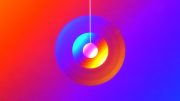
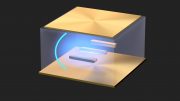


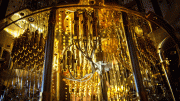
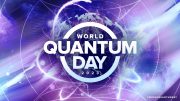

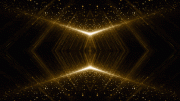
The value of one scientific experiment is not achieved by flaunting its publication in a certain journal.
Physical Review Letters firmly believe that even without understanding how θ & τ were formed, it can be concluded that they are CP violations. Is it scientific?
Physical Review Letters firmly believe that even if two objects (such as cobalt-60) that rotate in opposite directions are asymmetrical, they are still two objects that mirror each other. Is it scientific?
Physical Review Letters oppose to discuss the aforementioned topics. Is it honest?
Their absurd theory leads to absurd scientific research behavior, which has been ongoing. Are they respectable?
Some so-called academic journals are neither scientific nor honest.
Does the author feel honored to publish an article in such a publication?
Today’s physics had entered the dirtiest and ugliest era in the history of human science. They humiliate the public’s wisdom in a grand and dignified manner, without any shame.